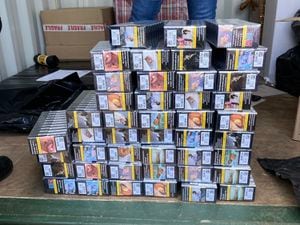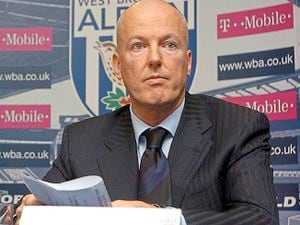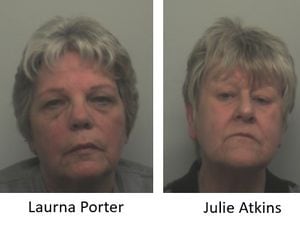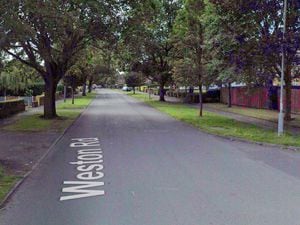Backlog of potholes to be tackled with multi-million pound funding
More than £35 million is to be pumped into fixing a 'historic backlog' of potholes and improving roads for motorists and cyclists across Staffordshire.
Staffordshire County Council wants to use the money to tackle potholes, improve road safety, boost cycling and upgrade access to rail stations.
Work, if the plans are approved at a meeting next week, will include improved access to Rugeley Town Rail Station, a review of cycling routes to Stafford's multi-million pound Riverside complex and upgraded bus stops along the Great Wyrley to Bloxwich routes.
Transport boss Mark Deaville said: “Maintaining a road network the size of Staffordshire’s is always going to be a challenge and investing £5m to tackle the historic backlog of lower risk potholes will help us get on the front foot and allow us to focus on getting the best from our roads for the budget available.”
Potholes have become a major issue across the county in recent years, with the council paying out nearly £350,000 in compensation to motorists whose cars have been damaged by them over a four year period.
The most troublesome roads around the county include Junction 11 of the M6, Enville Common Road in South Staffordshire, Keepers Lane in Cosdall and Burnhill Green Road near Pattingham.
However, the authority has not yet revealed which roads will be fixed thanks to the funding, which comes from a range of sources including the county council, national grants, Growth Deal schemes and developer money.
The single highest payout for a driver came in 2014 when one motorist received £4,621.65 after his car was damaged by a pothole at the junction of Somerset Road and Kent Road in Stafford.
In total 3,985 successful and unsuccessful compensation claims due to potholes were submitted to Staffordshire County Council between 2012 and 2016.
Mr Deaville also said that the improvements should help towards economic growth.
He said: “Good roads are important for the council, for communities and for businesses, not just for getting from A to B safely, but for supporting economic growth and better access to jobs, education and learning.
“This year’s investment will help us keep on top of road maintenance, improve road safety in local communities by introducing speed limits, better signs and installation of pedestrian crossings, as well as promoting greener travel with more cycle routes to not only help people get to get to where they want to go, but do so in a way that is good for their health and good for the environment.





